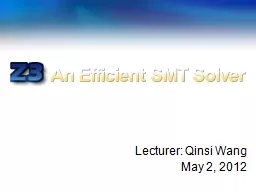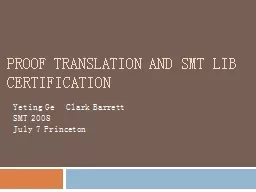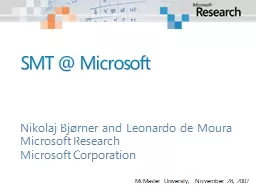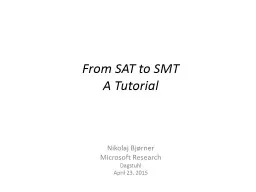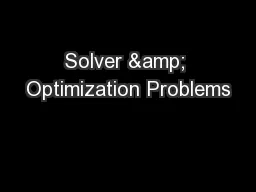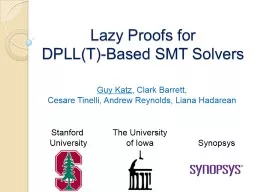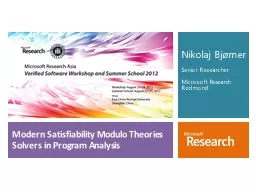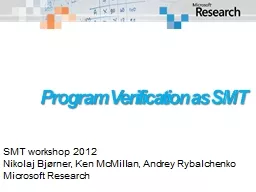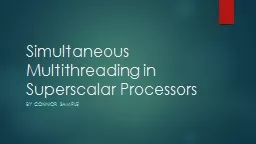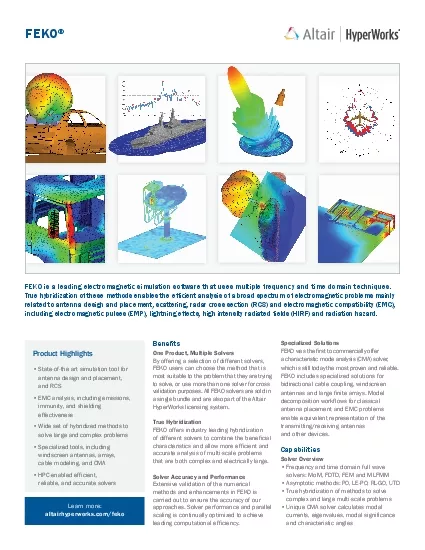PPT-An Efficient SMT Solver
Author : marina-yarberry | Published Date : 2015-10-23
Lecturer Qinsi Wang May 2 2012 Z3 highperformance theorem prover being developed at Microsoft Research mainly by Leonardo de Moura and Nikolaj Bjørner Free
Presentation Embed Code
Download Presentation
Download Presentation The PPT/PDF document "An Efficient SMT Solver" is the property of its rightful owner. Permission is granted to download and print the materials on this website for personal, non-commercial use only, and to display it on your personal computer provided you do not modify the materials and that you retain all copyright notices contained in the materials. By downloading content from our website, you accept the terms of this agreement.
An Efficient SMT Solver: Transcript
Download Rules Of Document
"An Efficient SMT Solver"The content belongs to its owner. You may download and print it for personal use, without modification, and keep all copyright notices. By downloading, you agree to these terms.
Related Documents

